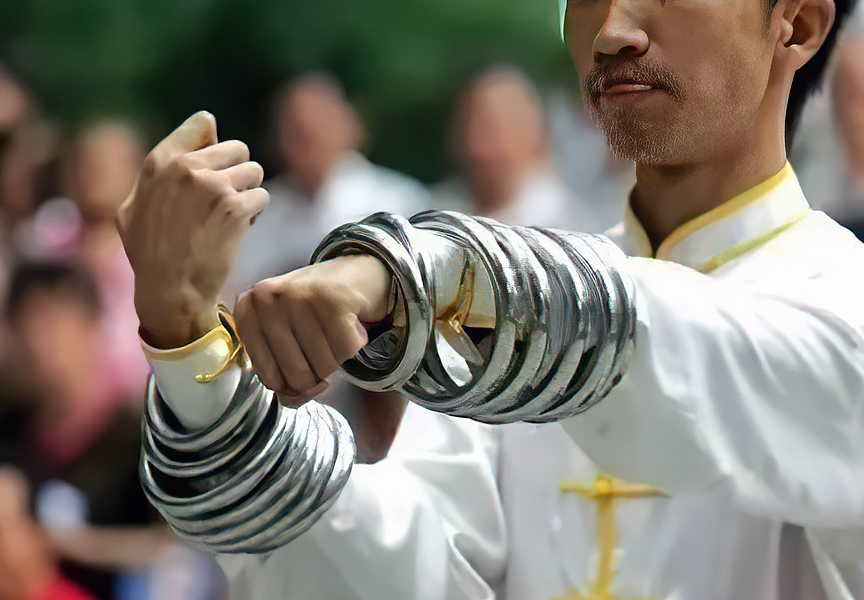Random Free Articles
- The Sacred Path of Shaolin Kung Fu
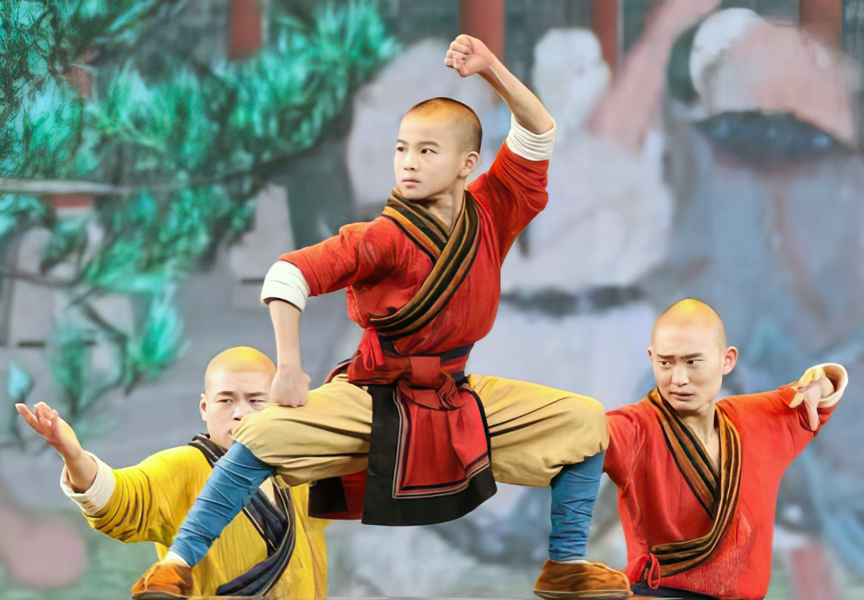
Not for Everyone, but Perfect for Some In the annals of martial arts history, few disciplines evoke the mystique and reverence quite like Shaolin Kung Fu. Rooted in centuries of tradition, Shaolin Kung Fu embodies not just physical prowess, but also spiritual growth, discipline, and a deep connection to the heritage of ancient China. It's a path that demands unwavering dedication, relentless practice, and a commitment that spans a…
- Lotus Flower of Enlightement
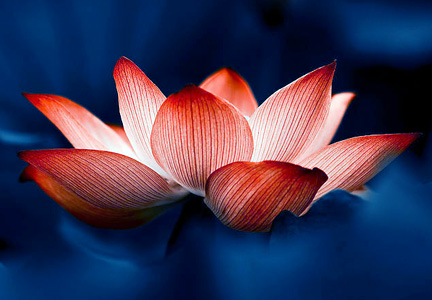
Throughout human history, symbols have played a pivotal role in conveying messages of universal significance. They serve as vessels for the abstract ideas and ideologies of particular societies, often requiring an understanding of the culture from which they originate. These symbols possess a unique ability to communicate profound meanings, inviting personal interpretation without the need for lengthy written explanations. In the context of…
- How to practice Shaolin Rouquan well
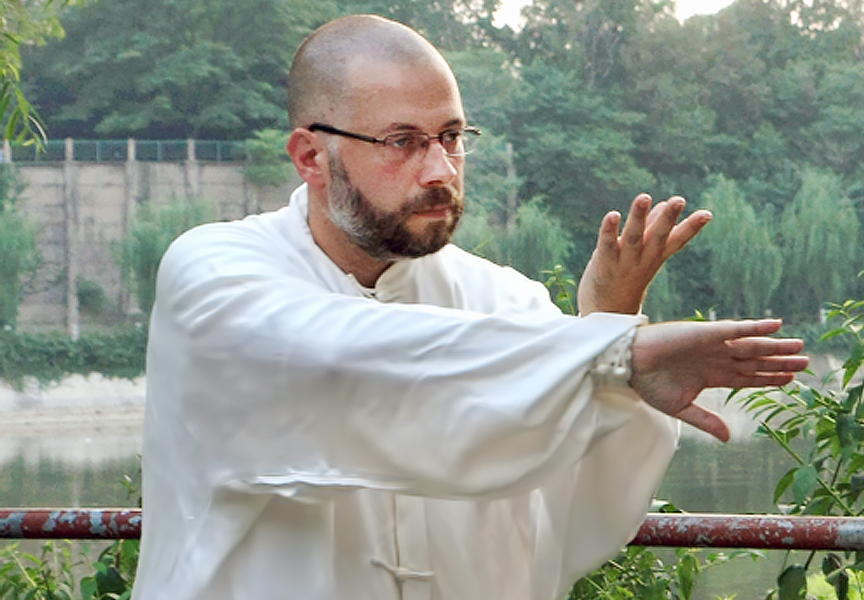
A Guide to Mastering the Art Shaolin Rou Quan [Chin.: Shàolín róu quán 少林柔拳], is an ancient martial art, heritage of the Shaolin Temple that has gained worldwide popularity for its numerous health benefits and graceful, flowing movements. The practice of Shaolin Rou Quan goes far beyond the superficial appearance of slow, rhythmic exercise; it is a deeply rooted tradition with profound physical and mental advantages. In this…
- The Significance of the Centerline Concept
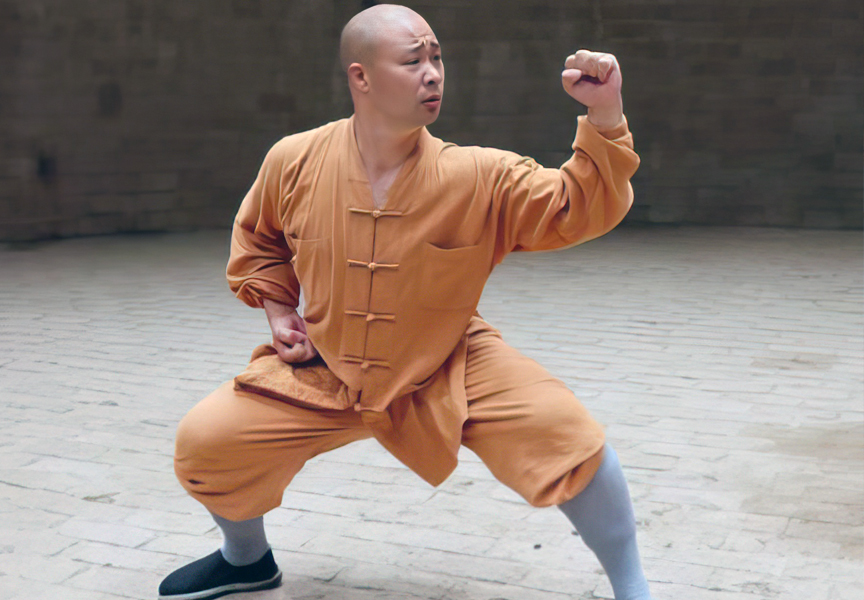
Shaolin Kung Fu, with its roots dating back centuries, is renowned for its dynamic movements, intricate forms, and powerful strikes. Among the many principles that form the foundation of this martial arts system, the concept of the centerline [Chin.: Zhōngxīn xiàn 中心线] stands out as a crucial element. Understanding the centerline is essential for practitioners to harness the full potential of Shaolin Kung Fu and execute its techniques…
- Control Mind and Emotions in Martial Arts
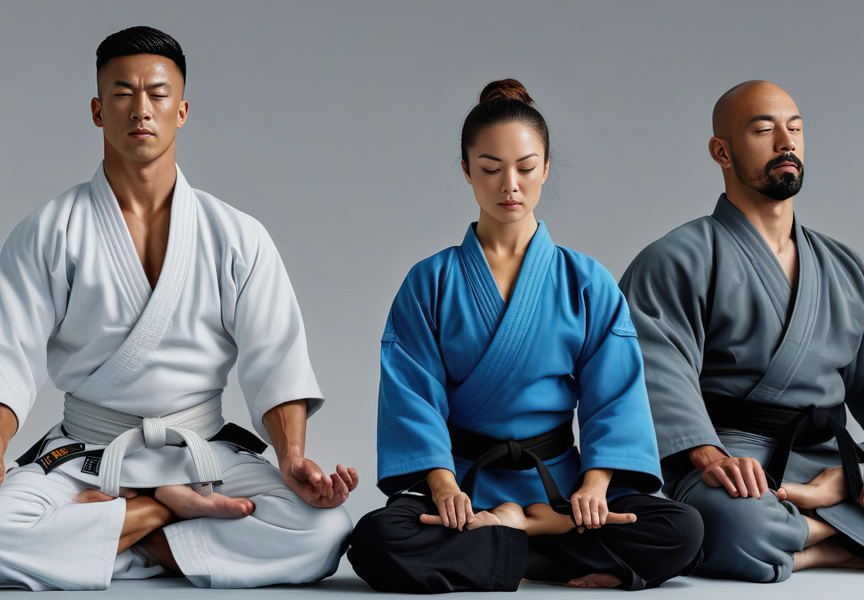
Martial arts, a practice deeply rooted in physical prowess, discipline, and mental fortitude, offers a profound journey into self-mastery. Beyond the techniques and physical conditioning lies an essential aspect often overlooked by novices and even experienced practitioners: the control of the mind and emotions. Mastery in martial arts extends beyond the dojo; it is the equilibrium of body and mind, the harmonious synchronization of physical…

